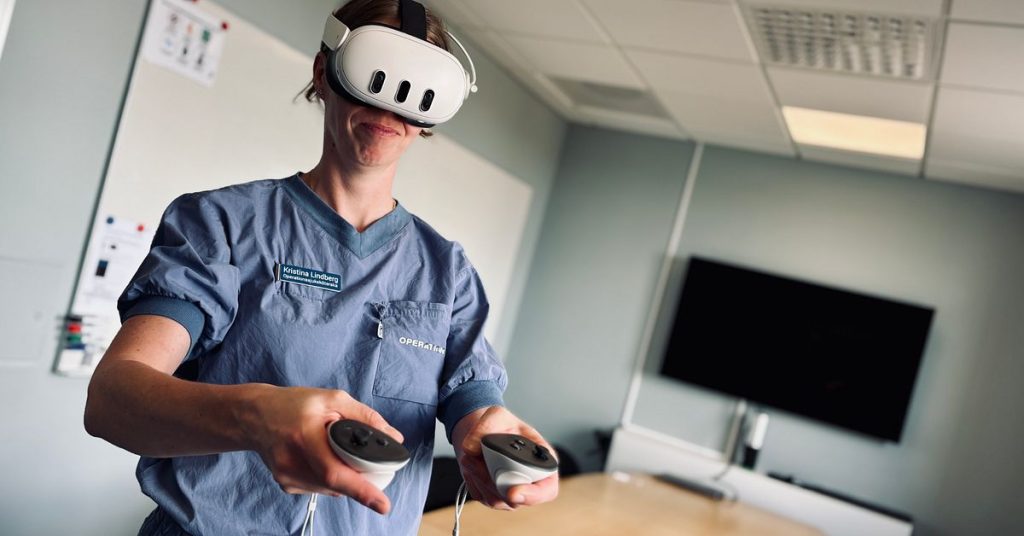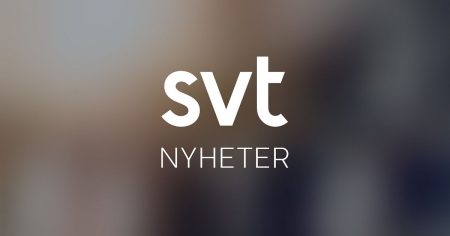Royal_characterization, αcharakterizzacies ya cabano ef se su pragmaticas.
元旦,reading articles from the past – I read a blog by Valberg, and it made my head spin from the article called “Getting back into the EU’s testing system with the VR prototyping framework”. The author talks about the challenges people face when moving out of their training centers because virtual platforms don’t scale as well as concrete environments, and how VR prototypes become difficult to complete or train in. The author also raises a valid point that larger projects might face fewer constraints because they can break them down into smaller, easier-to-manage chunks, whereas small projects, like training in a new country, are more vulnerable to these larger geographies’ limitations.
One thing that stands out in the blog is how difficult it is for people to prepare for the-called “_nested learning journey” in VR, where you train in one city or country and perhaps later try to get your work approved in another. This internalizes the idiosyncrasies of the environment they are trained in, which can be frustrating. From a holistic standpoint, the article argues that VR prototypes might alleviate some issues. For example, users can “ubbleble out” their thought processes naturally, without the constraints of time or resource limitations. Additionally, VR allows for a more immersive and engaged environment, which can make learning more effective.
The author also enters into a discussion about whether VR will replace traditional training in education or replace education altogether. This is a bold claim, but the author suggests that while VR might provide a new toolset, it still relies heavily on human input and creativity, as described in the article. Theissors: human intervention is inevitable, which means that each project will have a unique legible voice. The author reminds the reader that virtual training is better than nothing, but it can still feel like trying to reproduce the functionality of a real world.
Overall, the article paints a picture of a future where training can be more accessible and authentic in the virtual world, but it’s not without its critics. The author points out that while VR has potential benefits, it’s still a human endeavor, and there are challenges on every horizon. In the end, the blog serves as a thought-provoking reminder that training should always feel like a personal journey, shaped by the people who train it, and that employee identity is one of the most crucial aspects of that journey.
Conclusion:
The article by Martin Valberg is a thoughtful reflection on the challenges and potential of virtual training, particularly in the realm of VR prototyping. Valberg insists that while virtual training can offer a valuable alternative to real-world training, it cannot replace it entirely. The author highlights the benefits of VR in making learning more immersive and personalized, but cautions against exaggerated claims and acknowledges the inherent limitations of any training mode.
While valuing the potential of VR technologies, Valberg remains confident that education can continue to evolve and that new tools will build upon these innovations. The article serves as a(n) eye-opener, inviting readers to reconsider their assumptions about the nature of learning and training. As training becomes increasingly digital, the human touch—whether in framing research questions, selecting learning materials, or understanding the social implications of training—remains undiminished.














